Why Creatine Is a Game Changer for Plant-Based Athletes
Think of creatine as the rechargeable battery for your muscles. During short, intense bursts of effort like a heavy lift or a sprint, your body uses a high-energy molecule called ATP. Creatine helps rapidly recycle this energy, allowing you to push out another rep or finish a sprint strong. It’s a compound your body naturally produces and uses every single day.
Here’s where it gets interesting for those on a plant-based diet. The primary dietary sources of creatine are meat and fish. This means that vegetarians and vegans typically have lower baseline levels of creatine stored in their muscles. But this isn't a disadvantage; it's an opportunity. Because your starting point is lower, you may notice more significant improvements in strength and power when you begin supplementing.
This makes creatine for plant-based athletes one of the most effective tools for enhancing performance. The benefits are well-documented, and understanding how creatine monohydrate really works can help you appreciate its impact. Beyond raw power, it supports quicker recovery between workouts and may even offer cognitive benefits, making it a comprehensive supplement for anyone serious about their training.
The Purity Checklist for Your Creatine Supplement

When choosing a creatine supplement, purity should be your top priority. The best products on the market are almost 100% pure creatine monohydrate. You might see the term "micronized" on labels, which simply means the powder has been milled into finer particles. This helps it dissolve more easily in water and can reduce the chance of stomach discomfort, but it doesn't change the creatine itself.
The real challenge is avoiding products loaded with unnecessary extras. A high-quality supplement is defined by what it *doesn't* contain. Here’s what to watch out for:
- Artificial Additives: Steer clear of sweeteners, artificial colors, and flavors. These ingredients add nothing to your performance and can sometimes cause digestive issues.
- Fillers and Flow Agents: Ingredients like maltodextrin or silicon dioxide are sometimes added to bulk up the product or prevent clumping. They dilute the amount of actual creatine you get per scoop.
- Proprietary Blends: If a label lists a "performance blend" without specifying the exact amount of creatine, be cautious. This tactic can be used to hide a low dose of creatine behind other, cheaper ingredients.
Become a label detective. The ingredient list on a great creatine supplement should be refreshingly short: "Creatine Monohydrate." That's it. This commitment to simplicity is a hallmark of the best clean creatine supplements US brands offer. A perfect example of a clean, single-ingredient product is our straightforward creatine monohydrate that prioritizes purity above all else. Investing in a pure product is an investment in your safety and your results.
Decoding Labels and Third-Party Certifications
While the previous section focused on ingredients, this one is about trust. How can you be sure the product in your hands is exactly what the label claims? This is where third-party certifications come in. These independent organizations test supplements to verify two critical things: that the product contains the ingredients and amounts listed, and that it’s free from harmful contaminants or substances banned in sports.
For athletes in the United States, two logos stand out as the gold standard: NSF Certified for Sport and Informed-Sport. These certifications are highly respected because they don't just test a sample here and there; they test every single batch to ensure consistency and safety. When you see one of these seals, you can feel confident you're getting a legitimate, third party tested creatine product. You can even verify if a product is certified by searching for it directly on the NSF Certified for Sport website.
For plant-based athletes, another seal is just as important: the "Certified Vegan" logo. This guarantees that no animal-derived ingredients were used at any stage of the manufacturing process. Before you make a purchase, scan the packaging for these seals. If they aren't visible, your next step is to visit the brand's website. Reputable brands are transparent about their standards and often answer these questions in their FAQs or provide a Certificate of Analysis (CoA) to prove their product's purity and safety.
Getting Your Dosage Right for Maximum Gains

Once you've chosen a high-quality creatine, the next step is using it effectively. There are two main strategies for starting creatine, and both lead to the same result. It’s all about choosing the path that fits you best.
The first method is the "loading phase," which is the fast track to saturating your muscles. It involves taking around 20 grams per day, split into four 5-gram servings, for 5 to 7 days. After that, you drop down to a daily maintenance dose of 3 to 5 grams. The second method is the "maintenance-only" approach. You simply start with 3 to 5 grams per day from day one. This route is simpler and gentler on the stomach, though it takes about three to four weeks to achieve full muscle saturation.
The right creatine dosage for muscle growth ultimately depends on your preference. Both methods are proven to be equally effective over the long term.
| Factor | Loading Phase | Maintenance-Only |
|---|---|---|
| Goal | Fastest possible muscle saturation | Simple, gradual muscle saturation |
| Daily Dose | 20g for 5-7 days, then 3-5g | 3-5g from day one |
| Time to Full Effect | ~1 week | ~3-4 weeks |
| Best For | Athletes preparing for an event or seeking quick results | Those with sensitive stomachs or who prefer a simple routine |
Note: Both methods are proven to be equally effective in the long run for achieving full muscle creatine saturation. The choice depends on personal preference and tolerance.
As for timing, consistency is more important than timing. Taking it daily is what matters most. However, some research suggests a small benefit to taking it post-workout with carbohydrates and protein to enhance uptake. Pairing it with a high-quality vegan protein can support muscle repair, and if you're looking for options, it's worth exploring some of the best protein powders available. Finally, remember to drink plenty of water. Creatine works by pulling water into your muscle cells, so staying well-hydrated is essential.
Beyond Muscle: The Added Perks of Creatine
While creatine is famous for its muscle-building support, its benefits don't stop there. One of the most immediate perks you might notice is enhanced recovery. By helping replenish your ATP stores more quickly, creatine allows you to recover faster between sets. This means you can maintain a higher intensity throughout your workout, leading to more productive training sessions over time.
Beyond the gym, creatine is gaining attention for its cognitive benefits. It acts as an energy source for your brain, just as it does for your muscles. Emerging research continues to explore this connection, with studies published in journals like Frontiers in Sports and Active Living indicating positive effects on cognitive function, especially in situations where brain energy is taxed. For a focused athlete, this can translate to a valuable mental edge during training and competition.
When you combine improved physical output, faster recovery, and sharper mental processing, the result is a noticeable reduction in overall fatigue. Creatine isn't just a supplement for bigger muscles; it's a holistic performance tool that helps you train harder, recover smarter, and stay mentally sharp.
Your Action Plan for Choosing the Right Creatine
You're now equipped with the knowledge to choose a creatine supplement with confidence. To make it even simpler, here is a final checklist to guide your decision. Just follow these four steps:
- Confirm It's 100% Vegan: Look for a "Certified Vegan" seal on the packaging to ensure the product aligns with your lifestyle and contains no animal-derived ingredients.
- Look for Third-Party Seals: Prioritize products that feature an NSF Certified for Sport or Informed-Sport logo. This is your best guarantee of purity and safety.
- Read the Ingredient List: The shorter, the better. The only ingredient you should see is "Creatine Monohydrate." Avoid anything with fillers, artificial additives, or proprietary blends.
- Choose Your Dosing Plan: Decide whether the fast-track loading phase or the simple daily maintenance routine is the right fit for your body and your goals.
For a plant-based athlete, finding the best vegan creatine monohydrate is one of the most reliable and effective ways to support your performance goals. You're now ready to choose with confidence! If this guide helped you, share it with another plant-based athlete in your community.



